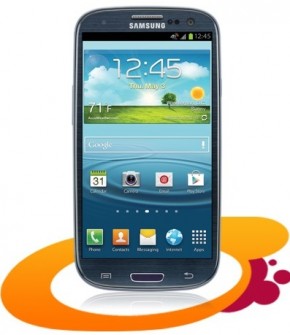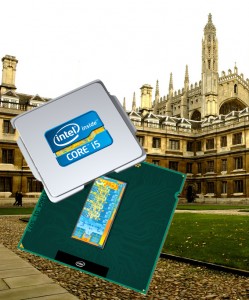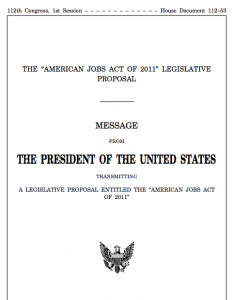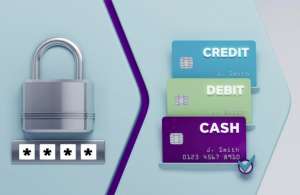 David Egger is Lead Marketing Manager for AT&T’s IRU (Individual Responsibility User) Mobility Programs. You can find more blog content from David and other experts on emerging technologies and mobile application on the AT&T Networking Exchange Blog. AT&T has sponsored the following blog post.
David Egger is Lead Marketing Manager for AT&T’s IRU (Individual Responsibility User) Mobility Programs. You can find more blog content from David and other experts on emerging technologies and mobile application on the AT&T Networking Exchange Blog. AT&T has sponsored the following blog post.

With so many options to promote your business today and an American economy that seems to be driven by advertising and its revenue, how does a small business develop a mobile marketing strategy and rise above the white noise? Michael Porter offers marketers some great advice for situations like these: “A strategy delineates a territory in which a company seeks to be unique.”
A first-year marketing professor will teach that Marketing is about 4 P’s – product, place, price, promotion. While I can’t help you decide how to price your products in this blog, I can tell you that knowing your mobile marketing strategy as it relates to product, place, and promotion will help center your mobile marketing strategy.
Look Inward
The first step in developing any communications about your company is to know exactly what you want to say about your products and services. You do this by intimately knowing these parts of your business. What is your product, who buys it, when do they buy it, how often do they buy it, what triggers those purchases? Examining and answering these questions will get you quite far down the road from your competitors, as these are the questions that high-cost consultants will ask … and they are the questions most business owners won’t be able to answer adequately.
For example, is your product something not even sold to consumers? Your mobile strategy will be vastly different than a mobile strategy for a consumer product. Is your product something purchased on a whim, or a planned, expensive purchase? This will determine how you design your strategy and optimize it for the type of customer that your business will serve best. Is the buyer of your product someone younger or older? While the elderly are joining social media in greater numbers, you’ll need to tailor your approach depending upon how your customers approach the mobile space.




 I’ve spent just about my entire life being the fat kid. Numerous crash diets, exercise regimens and scams have been tried over the years from the plausible to the ridiculous. I remember in 9th grade I tried eating nothing but sugar free jello for three weeks. That didn’t work out. In college I tried Atkins, and while I lost a bit of weight, the SAE house with its chicken wings,
I’ve spent just about my entire life being the fat kid. Numerous crash diets, exercise regimens and scams have been tried over the years from the plausible to the ridiculous. I remember in 9th grade I tried eating nothing but sugar free jello for three weeks. That didn’t work out. In college I tried Atkins, and while I lost a bit of weight, the SAE house with its chicken wings, 